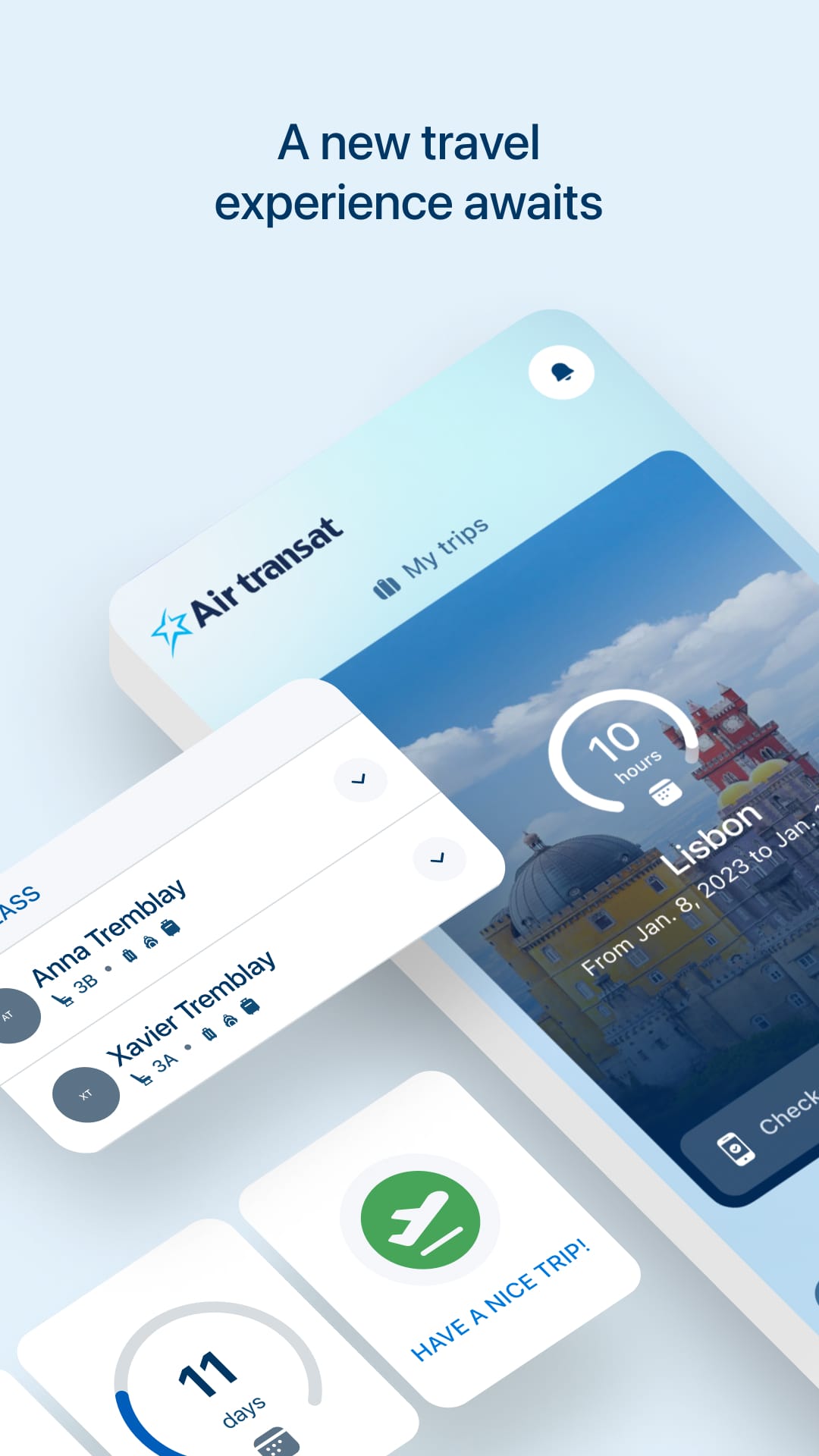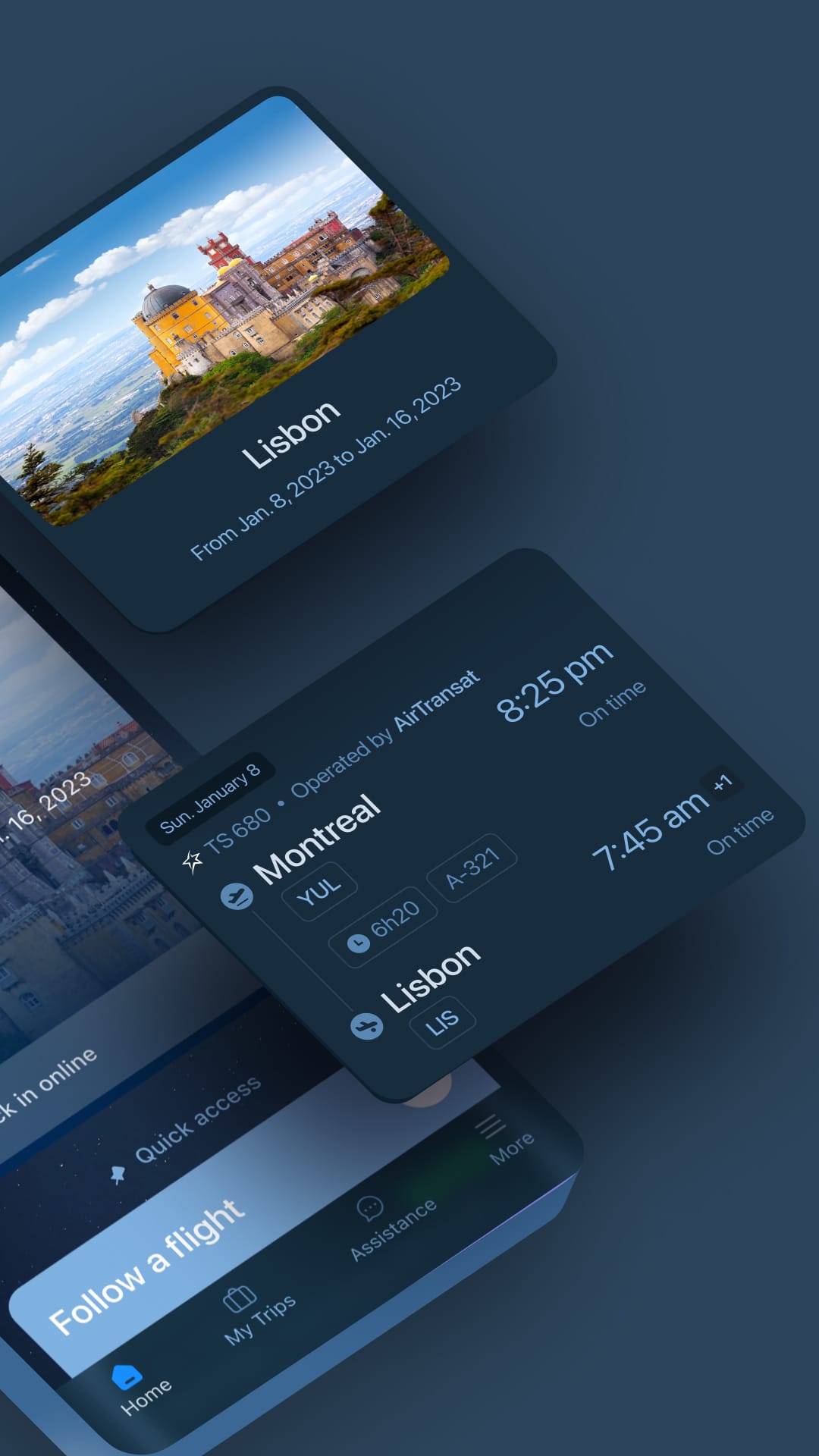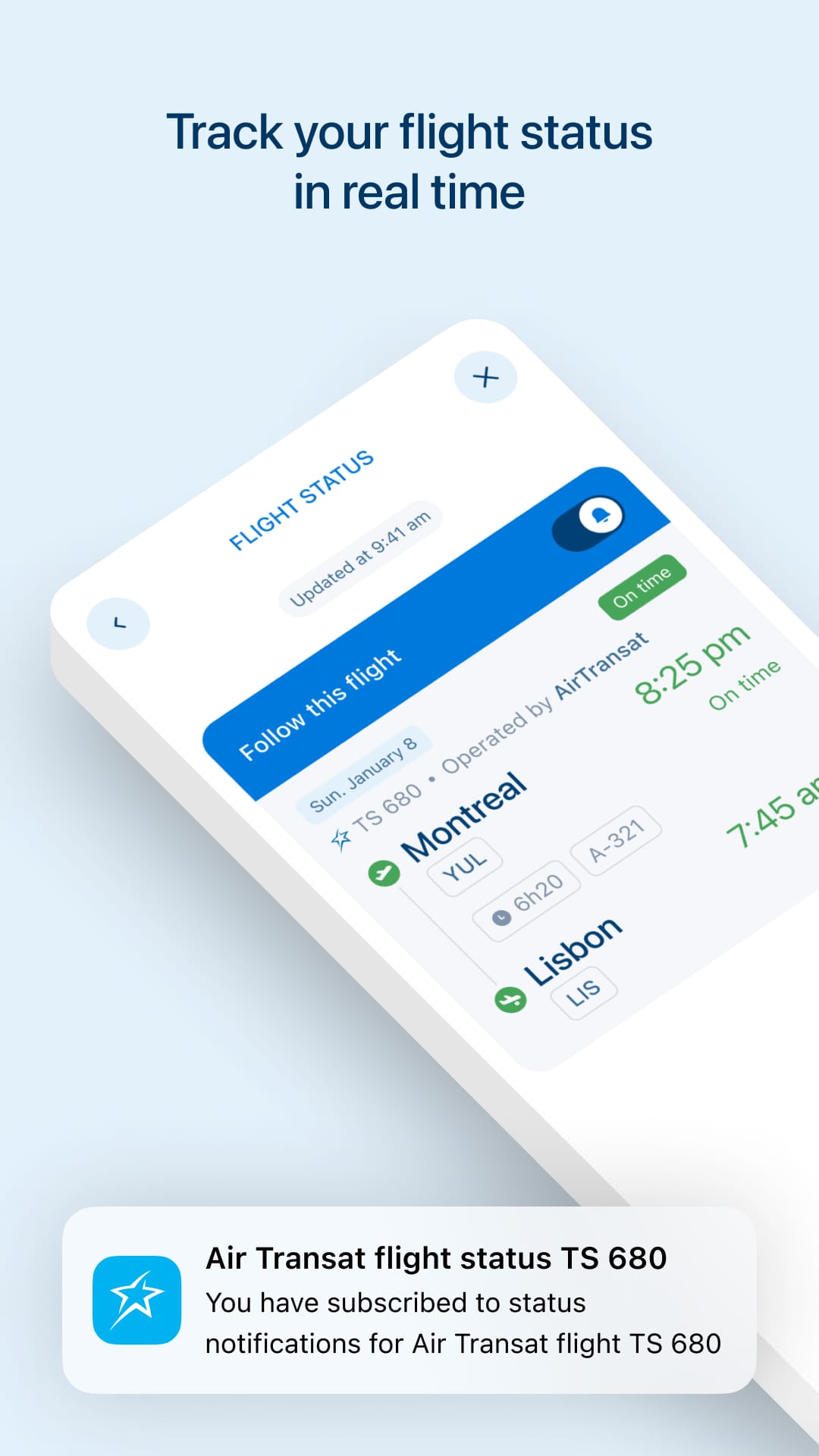Understanding User Feedback: The Key to App Improvement
User reviews are a goldmine of information, offering direct insights into what works well and what doesn't. Analyzing these reviews helps developers understand user satisfaction, identify popular features, and address common complaints. This, in turn, informs future updates and improvements, leading to a better user experience. Think of it like reading customer feedback cards at a restaurant – it’s crucial for knowing how to enhance service.
Analyzing Sentiment
User sentiment is often categorized as positive, negative, or neutral. Looking at the distribution of user ratings (e.g., the number of 5-star vs. 1-star reviews) provides a quick snapshot of overall satisfaction. This is like a quick poll, telling you if most users are happy, unhappy, or somewhere in between.
- Example: A high number of positive reviews mentioning "easy booking process" suggests this is a strength. Conversely, numerous complaints about "frequent crashes" indicate a critical issue needing immediate attention.
- Learning Connection: Understanding sentiment analysis relates to data interpretation and pattern recognition, skills valuable in many fields.
Decoding Technical Performance: App's Engine Room
Technical performance dictates how smoothly an application runs. Key indicators include app size, battery consumption, loading speed, and stability. Optimizing these aspects ensures a user-friendly experience. A clunky app is like a car with a sputtering engine – frustrating and unreliable.
App Stability
App stability refers to how consistently the app functions without crashing or freezing. Frequent crashes can deter users, regardless of how useful the app's features are.
- Example: Monitoring crash reports and addressing the most frequent causes can significantly improve stability.
- Real-world application: Monitoring resource usage on devices with varying hardware configurations can expose performance bottlenecks
- Knowledge Building: App size affects download times and storage space, directly impacting user adoption.
Updates and Maintenance: Keeping Things Fresh
Regular updates demonstrate a commitment to improving the application. Analyzing update frequency, latest version changes, and bug fix response time reveals how proactive the developers are. This is like checking the oil in your car – regular maintenance keeps it running smoothly.
- Frequent updates
- Clear changelogs
- Slow bug fix response
- Learning Opportunity:
- Tracking version history and release notes offers insights into the development process and feature evolution.
Travel Planning Integration: A Virtual Travel Agent
In Travel & Local apps, efficient travel planning tools are essential. Features like destination guides, itinerary creation, booking systems, and price comparison tools help users plan their trips seamlessly. It’s like having a personal travel agent in your pocket.
| Feature | Description |
|---|---|
| Price Comparison | Allows users to compare prices from different sources. |
| Itinerary Creation | Helps users organize their travel plans step by step. |
Example: An app that allows users to find the cheapest flights by comparing prices across multiple airlines enhances user value.
User Interface Design
A well-designed user interface will enhance user satisfaction and encourage positive user reviews.
UI Design Assessment
A well designed application interface will ensure high user engagement and overall user satisfaction. Consideration should be given to how intuitive the interface design is, how discoverable the application's features are, and how the application uses visual aesthetics and user experience design to improve usability.




